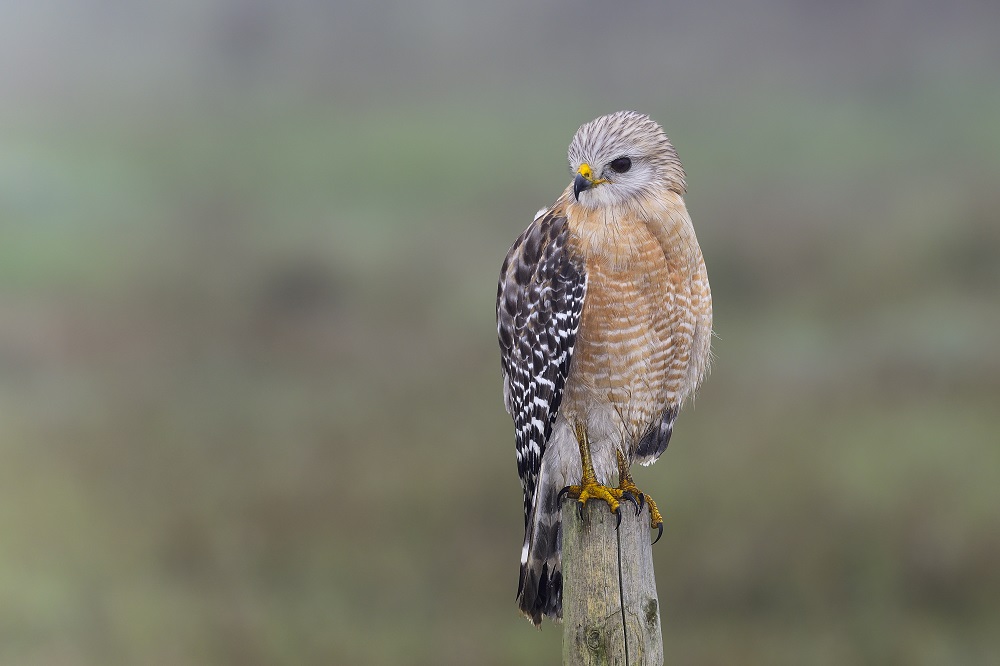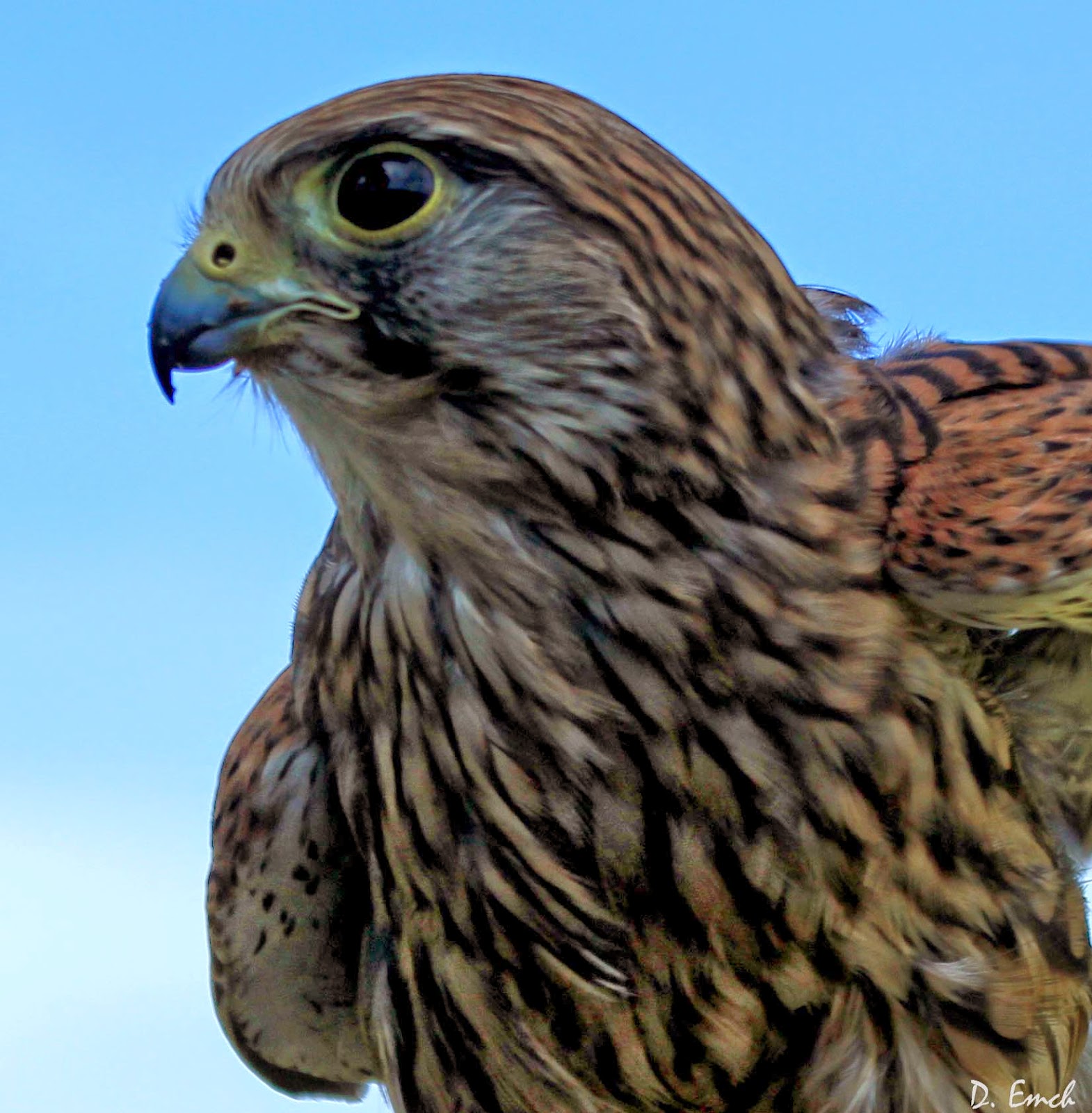

But if you listen for their shrill call, you’ll know they’re nearby. They are difficult to see, especially because they hunt at night for their favorite food, which is deer mice. They have big yellow eyes and a heart-shaped face with a small, white V-mark between their eyes. Northern saw-whet owls are petite, about the size of a robin, with a mottled brown and white body. The owl lives in North Carolina all year long, but it is considered endangered in the state. You can find barn owls across the US and Mexico except in a few parts of the central northern states like North Dakota. They’ll also eat bats, small birds, and rabbits. Once they find their home, they hunt for their main sources of food, which are small mammals such as rats, lemmings, voles, and mice. Young barn owls will fly far away from where they were hatched to find their own territory, but once they find a spot they like, they stay there for life. They don’t have any ear tufts as the great horned owl does. The undersides of their wings are white, as is their chest, which means they look all-white from underneath when they’re flying. Their wings and back are gray, golden, or cinnamon and somewhat mottled. They have pure white, heart-shaped faces with large, dark eyes.

You can tell it’s a barn owl by its distinct face. As you might guess, they have excellent hearing. They hunt by soaring across open areas and listening for prey. They’ll also nest in the cavities of trees. The barn owl got its name because it likes to live in abandoned barns and other buildings in rural areas. This amazing ability to move its head this far enables it to hunt its favorite meals, such as rodents, frogs, and raptors like osprey, falcons, and other owls. These birds can’t move their eyes from side to side, so they move their heads back and forth instead. They can swivel their head over 180 degrees, though, giving the illusion that they’re turning their head completely around. If you were wondering, they can’t really move their heads 360 degrees, despite what you might have heard. They can be gray or cinnamon with barring over a cream or light gray body. Look for the giant bird with yellow eyes and long tufts of hairs near its ears. You can find it anywhere in North Carolina. The great horned owl is just at home in the cities of North Carolina as it is in the suburbs and wilderness areas.Īll this means that you have a good chance of being able to see one. It’s one of the most common owls and makes itself home in deserts, mountains, forests, and prairies. These birds live in every part of North America, from Mexico to the northern parts of Alaska. Once they clench their claws around something, it takes 28 pounds of force to pry them back apart. They have massive claws, and they’re strong fliers, which enables them to take down fierce prey like ospreys and falcons. These massive owls can weigh up to five-and-a-half pounds. Most people recognize the great horned owl thanks to its appearance in movies like the Harry Potter franchise and its characteristic hoot.

Scientific name: Bubo North Carolinanus.Eastern Screech Owl 8 Types of Owls in North Carolina 1.Here is the list of owls in North Carolina: Whether you’re a night owl who likes to know which birds are out or you’re trying to complete your Life List, North Carolina has lots of opportunities to see these majestic raptors. One, the snowy owl, can only be found rarely when they decide to visit every few years. Some of these owls live in North Carolina all year long, while others just pay a visit during the winter. Whether you’re bird-watching on the South Carolina border or wandering along Carolina Beach, there are likely several owls nearby just waiting for you to find them. North Carolina is also lucky enough to be home to eight different owl species. The Tar Heel state boasts a moderate climate, miles of sandy beaches, striking wilderness areas, and majestic Appalachian mountains.


 0 kommentar(er)
0 kommentar(er)
